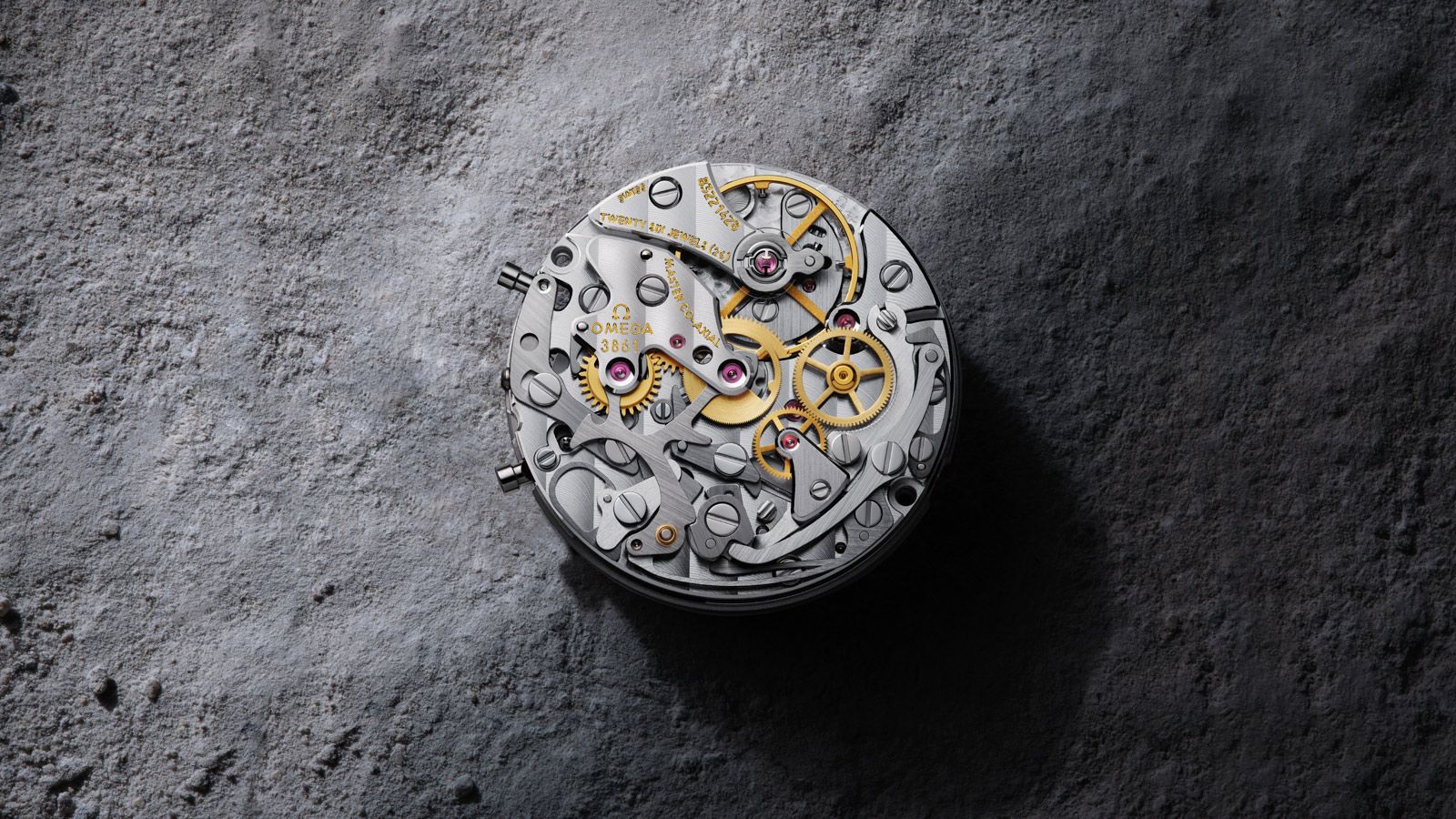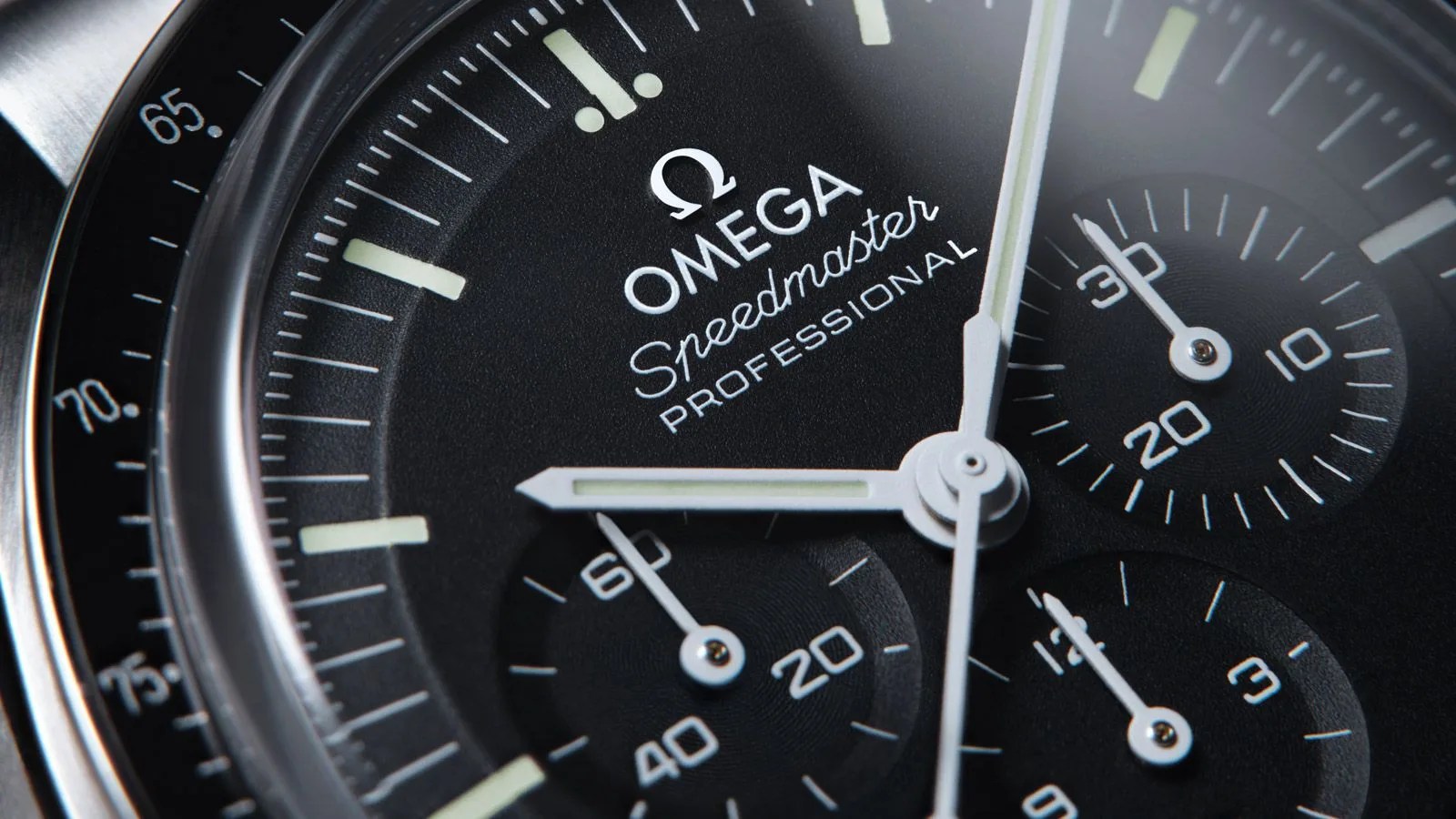You don’t want to mess too much with something as iconic as the Omega Speedmaster Moonwatch. And yet, it was inevitable: just announced, the watch’s movement is getting its first major upgrade in decades. Is this still the same Moonwatch everybody knows and loves, only better? In many ways, yes — but it also comes with a price hike.
Perhaps even more than most watches, the movement inside the Speedmaster is an important part of its appeal. That’s because Omega offers more than just the looks of the watch worn by the astronauts, but the technical features that helped pass NASA’s stringent tests. The movement now powering the Moonwatch is called the 3861 and it looks nearly identical to the 1861 it replaces, but includes some notable upgrades.
First introduced in 2019 in a solid gold Speedmaster, watch fans expected that the 3861 would eventually trickle down to the standard production models as it’s now done. It’s still a hand-wound movement with a similar power reserve (now 50 hours rather than 48) as the 1861 —it even looks nearly identical, for those who look closely at such things — but with some important upgrades.
The improvements are summarized in the movement’s designation as “Co-Axial Master Chronometer.” What is that? The Co-Axial escapement is Omega’s celebrated movement technology that features in its best watches (more on that in our complete buying guide to Omega watches), and Master Chronometer means it’s passed the brand’s own, very stringent tests. In other words, it’s some of the best movement technology Omega offers.


The improvements further include a silicon hairspring, which helps achieve resistance to magnetic fields to around 15,000 gauss (useful in a spaceship, for sure). What fans intimately familiar with the Moonwatch will notice in their daily lives is that the new movement offers a “hacking” feature to help set the time more precisely, which the outgoing 1861 lacked.


